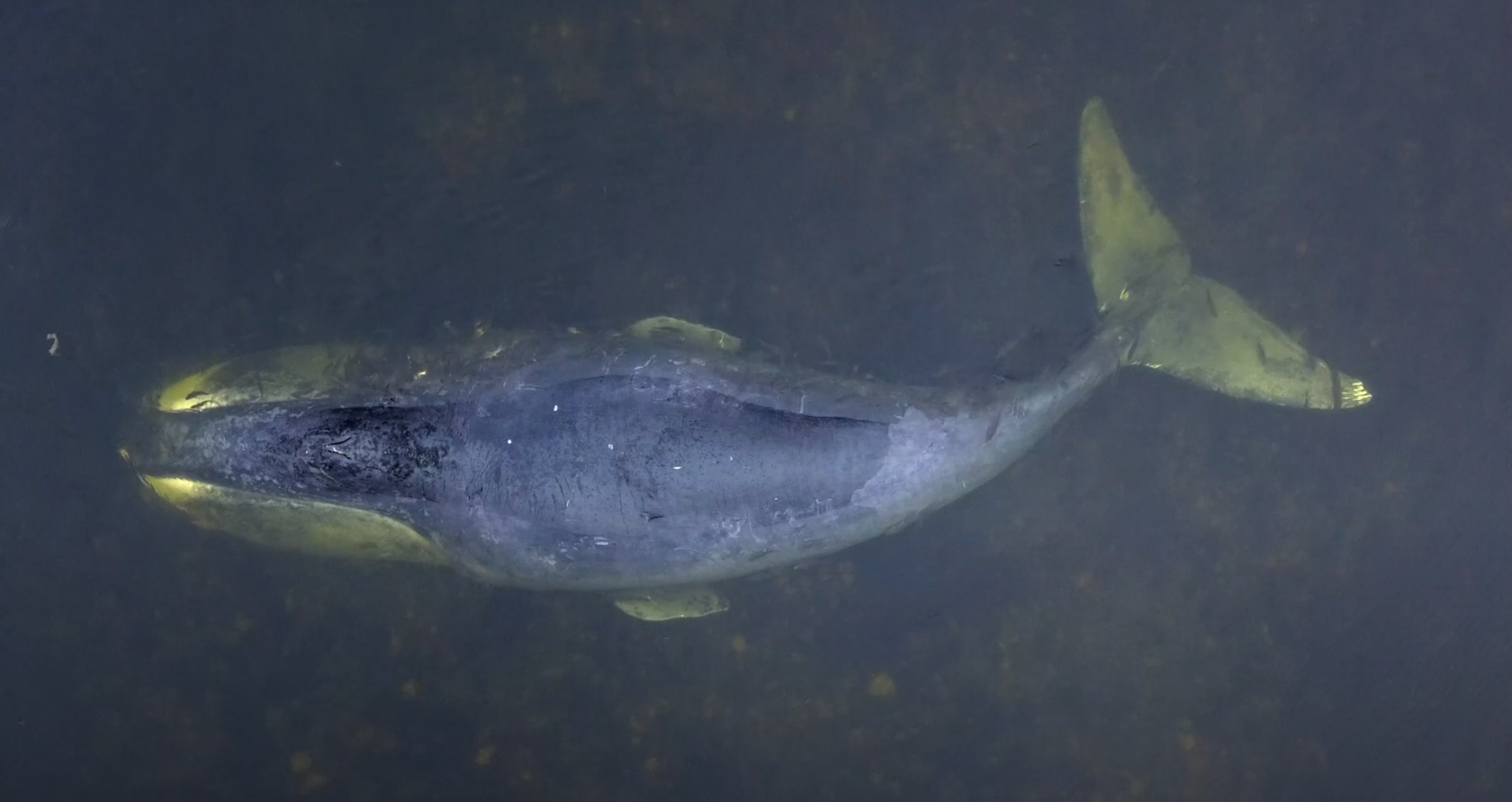Russian Minister of Natural Resources and Environment, Alexander Kozlov, has approved conservation strategies for the Okhotsk Sea populations of gray and bowhead whales. These endangered marine mammals are among the 13 priority species under the national project "Ecology," which focuses on preserving species that require special governmental attention.
The documents, published on the website of the Ministry of Natural Resources of Russia, provide comprehensive information on the species, population status assessments, descriptions of negative factors and threats, and the main directions for implementing the strategies.
"The key objectives outlined in the strategies are the preservation of habitats for the Okhotsk Sea populations of gray and bowhead whales. Additional scientific research is needed on the biology and ecology of the species, age and sex structures, migrations, and food resources. And, of course, population estimates are the starting point for conservation measures for rare species," commented Alexander Kozlov, Minister of Natural Resources and Environment of Russia.
Bowhead Whale (Okhotsk Sea Population)
The Okhotsk Sea population of bowhead whales is the smallest and possibly the only fully isolated (geographically and genetically) population of this species. These whales reside year-round in the Sea of Okhotsk, never leaving Russian territorial waters.
One of the unofficial names for the bowhead whale is the "polar whale" because its life cycle is closely linked to ice cover, which provides shelter from predators such as orcas. However, in the Sea of Okhotsk, where the ice-free period lasts 6-8 months, the whales spend a significant amount of time in shallow bays and coves, staying near the coastline. Bowhead whales feed by filtering hundreds of tons of plankton-rich water.
Bowhead whales were nearly driven to extinction by whaling in the 19th century. In the 1960s, whaling resumed briefly, and the population was believed to be extinct for about a decade. In the late 1980s to early 1990s, the population in the Sea of Okhotsk was estimated at 300-400 individuals, with the summer herd around the Shantar Islands numbering 250-300 whales.
Recent studies show that the population has not recovered, and the current number is less than 250 individuals. Although hunting bowhead whales is prohibited in Russia, the population is heavily impacted by climate change, human activities, and other anthropogenic factors.
Gray Whale (Okhotsk Sea Population)
Until the mid-20th century, it was believed that gray whales in the Sea of Okhotsk were extinct due to unregulated commercial whaling. In the early 1980s, Russian scientists discovered a small summer group of these whales off the northeastern coast of Sakhalin.
Gray whales are typical coastal dwellers. They are not afraid of shallow waters and often approach the shore, sometimes entering the surf zone. They are the only whale species adapted to bottom-feeding—they scoop up benthic organisms from the seabed along with water, silt, and pebbles, filtering the mixture through their baleen.
The survival and recovery of the Okhotsk Sea population of gray whales depend on the stability and productivity of benthic communities off the northeastern coast of Sakhalin. One of the strategy's goals is to increase the number and area of specially protected natural territories in the population's habitats. Today, the estimated population size is about 240 individuals.
After the approval of the strategies, the Department of State Policy and Regulation in the Field of Specially Protected Natural Areas is required to submit an action plan for the implementation of the strategies within six months.
